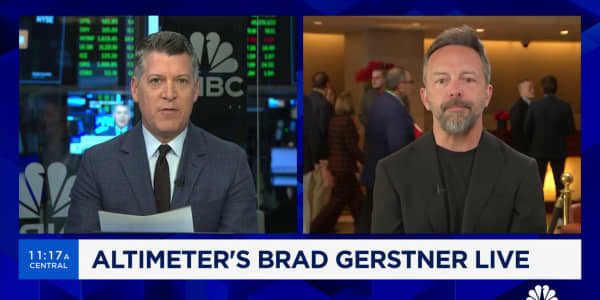A statistical drop last month in the unemployment rate appears to have masked a jobs picture that continues to offer little reason for optimism.
Almost immediately after the Labor Department released its November numbers – 120,000 net jobs created, and a drop in the headline unemployment rate from 9.0 percent to 8.6 percent – doubts arose over how healthy the employment situation really is.
It starts with the way the government calculates the rate, an exercise in byzantine statistics that involves separating the unemployed and those looking for jobs from those out of work who have given up, as well as an approximation known as the “birth-death model” with seeks to estimate how many businesses have been created and failed over the previous month.
For many observers, the easiest way into picking apart Friday’s report was to note that 315,000 people left the workforce and thus were not counted as officially unemployed. That in itself, they argued, created an inaccurate picture.
But Neil Dutta, US economist at Bank of America Merrill Lynch, said there are six other key points that also undermine any optimism gleaned from a superficial drop in the jobless rate,
“We remain unconvinced that we are on the precipice of a significant turn in the
labor market,” Dutta told clients. “The labor (market) is improving marginally, but not materially.”
His six points of weakness:
1) The payroll diffusion index fell from 59.6 to 54.7 from October to November. Diffusion indices are simple counts of who’s adding jobs and who’s not. For instance, if five companies are polled and three say they are adding jobs, the diffusion index would be 60. The drop “implies that the breadth of hiring is weakening; there are not as many industries adding jobs,” Dutta said.
2) Average hourly earnings fell 0.1 percent and are up just 1.9 percent from 2010, meaning there “has been almost zero movement in the rate of wage growth,” he said.
3) Those “not in the labor force” jumped by 487,000, including 338,000 who either lost their jobs or just quit looking.
4) Of the 120,000 new jobs, 49,800 came from retail, and the majority of those came at clothing stores. Dutta calls the “fairly outsized gain” unlikely to hold up once the holiday season passes.
5) Even though the household survey component of the jobs report – an actual headcount of working Americans – has shown a gain of 1.28 million over the past four months, the monthly moves have not been “statistically significant,” or beyond the 400,000 range that would normally indicate a sustainable growth level.
6) The household survey has improved 1.2 percent over the past year, but it has begun running in tandem with the establishment, or estimated, part of the unemployment count, making it less of an important gain and more just a “function of the two employment series converging.”
Dutta is far from alone in his skepticism about the drop in the jobless rate.
Goldman Sachs economic Zach Pandl a few days ago said he expects the decrease to be temporary and the number to look more like 9.0 percent in 2012.
Joe LaVorgna, the chief US economist at Deutsche Bank, disagrees, saying the drop in the rate is important. He points out that eight of the past 17 times the rate fell 0.4 percent, it has gone down further in the ensuing months.
He also discounts the focus on the drop in the labor force, saying that discouraged workers made up 129,000 of that number and a seasonal adjustment would drop that figure to 39,000.
“The drop in the unemployment rate should be not minimized,” LaVorgna said.
Questions? Comments? Email us at
Follow Jeff @ twitter.com/JeffCoxCNBCcom
Follow NetNet on Twitter @ twitter.com/CNBCnetnet
Facebook us @ www.facebook.com/NetNetCNBC






